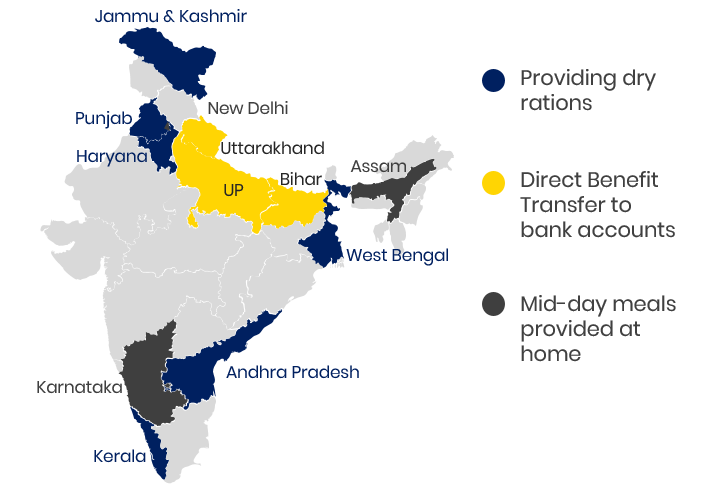This part of The School Education in India: Data, Trends, and Policies report provides an overview of key policy developments of the recent past, along with evidence on the topic, and analysis. Starting with the discussion of the National Education Policy 2020, this part of the report further explores the policy interventions and initiatives in school education that are being implemented by the union and states governments.
At the time of writing this part, India had been under lockdown for about 5 months. Hence, this report also includes a discussion of the potential impacts of COVID-19 induced school closures on school education, the important role played by EdTech in addressing disruption to learning and its challenges, and the education response to COVID-19 of some states in India.
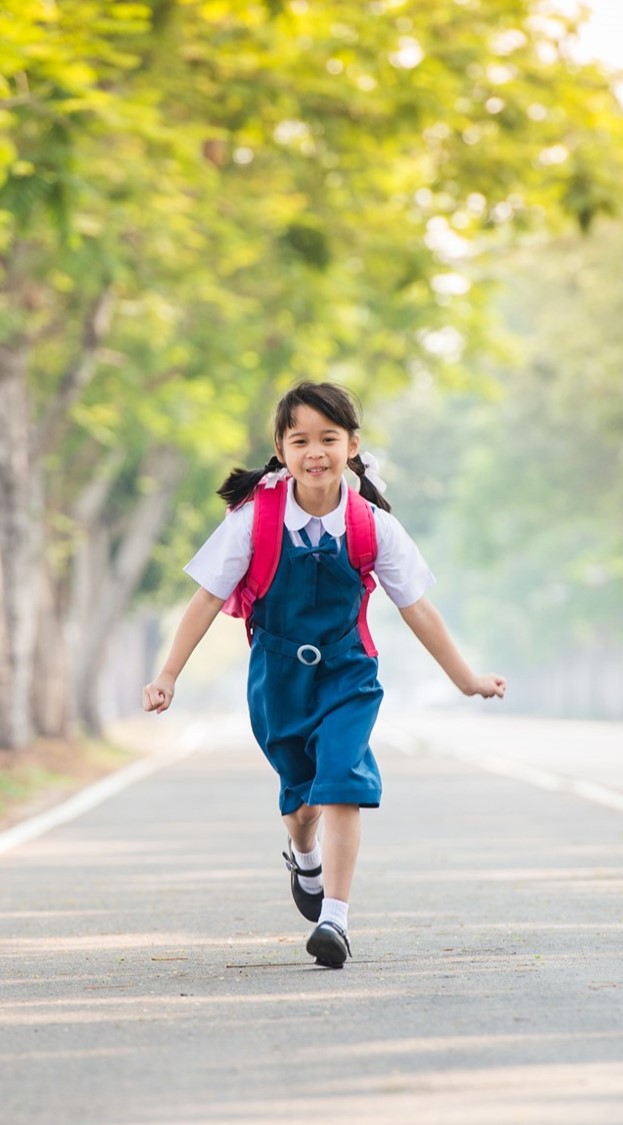
AEC: Adult Education Centre
ASER: Annual State of Education Report
AWC: Anganwadi Centre
BEO: Block Education Officer
BRC: Block Resource Centres
CBSE: Central Board of Secondary Education
CRC: Cluster Resource Centres
DCF: Data Collection Form
DIET: District Institute of Education and Training
DIKSHA: Digital Infrastructure for Knowledge Sharing
ECCE: Early Childhood Care and Education
ETB: Energised Textbooks
FLN: Foundational Literacy and Numeracy
GDP: Gross Domestic Product
GER: Gross Enrolment Ratio
GSDP: Gross State Domestic Product
KRP: Key Resource Persons
MHRD: Ministry of Human Resource Development
MIS: Management Information System
MOE: Ministry of Education
NAS: National Achievement Survey
NCERT: National Council of Educational Research and Teaching
NCF: National Curriculum Framework
NCTE: National Council for Teacher Education
NEP: National Education Policy, 2020
NGO: Non-government Organisation
NIEPA: National Institute of Educational Planning and Administration
NISHTHA: National Initiative for School Heads and Teachers' Holistic Advancement
OBC: Other Backward Communities
PGI: Performance Grading Index
PISA: Programme for International Student Assessment (PISA)
pp: percentage point
PTR: Pupil Teacher Ratio
RTE: Right of Children to Free and Compulsory Education
SC: Scheduled Castes
SCERT: State Council of Educational Research and Training
SEQI: School Education Quality Index
SEZ: Special Education Zones
SMC: School Management Committees
SSA: Sarva Shiksha Abhiyan
SSSA: State School Standards Authority
ST: Scheduled Tribes
UDISE: Unified District Information System for Education
URG: Under Represented Groups
Documents key policy developments in school education in India in the past one year
Captures key central and state initiatives in school education in India in the past one year
Discusses the impact of COVID-19 on school education and response strategies of Indian states
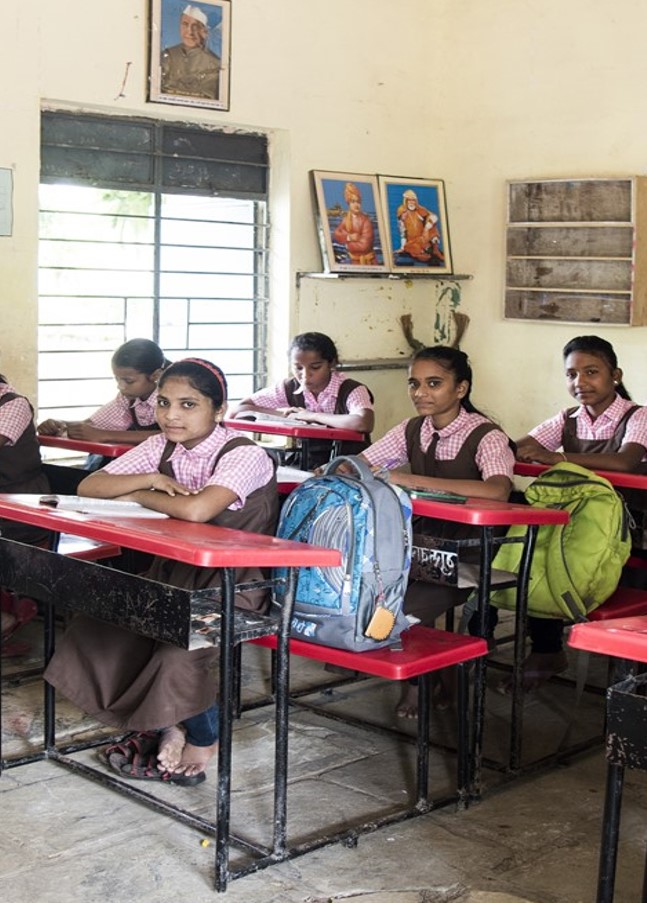
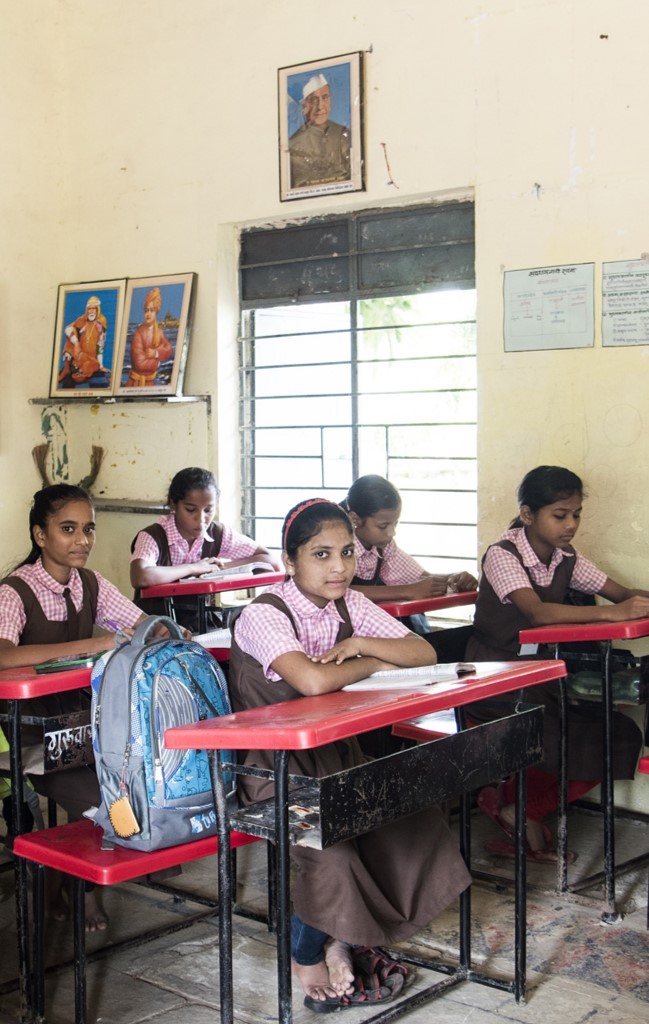
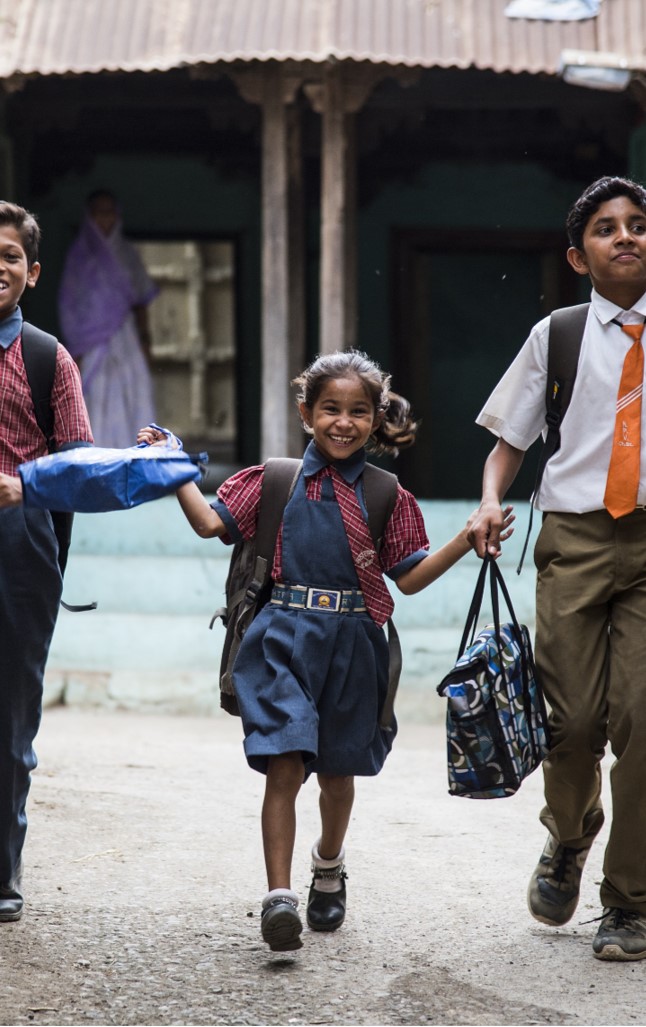
“Universal provisioning of quality early childhood development, care, and education must thus be achieved as soon as possible, and no later than 2030, to ensure that all students entering Grade 1 are school ready”

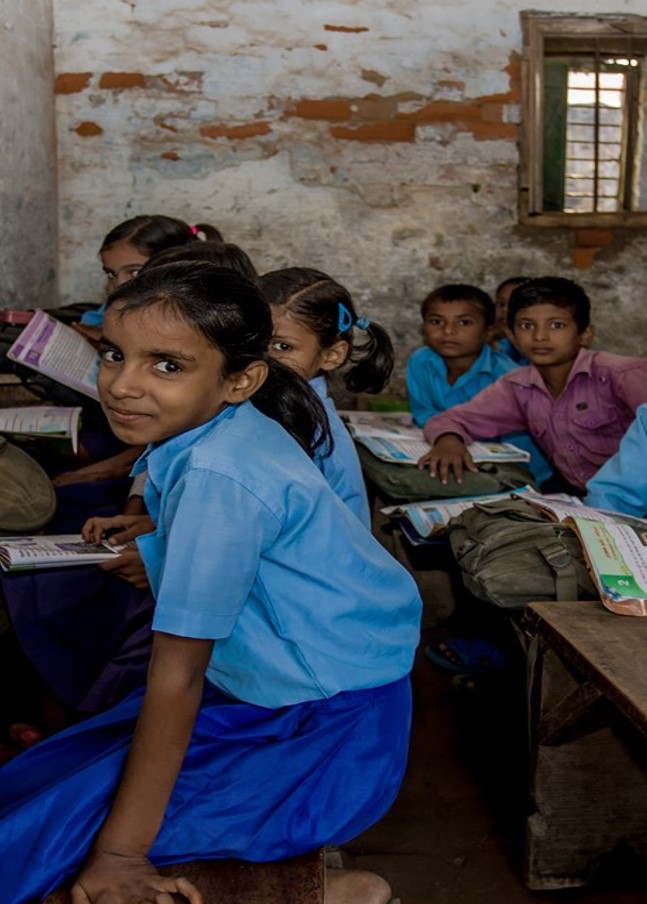
36% students at grade 3 are not able to read a paragraph with understanding and 43% cannot use basic math to solve daily life problems
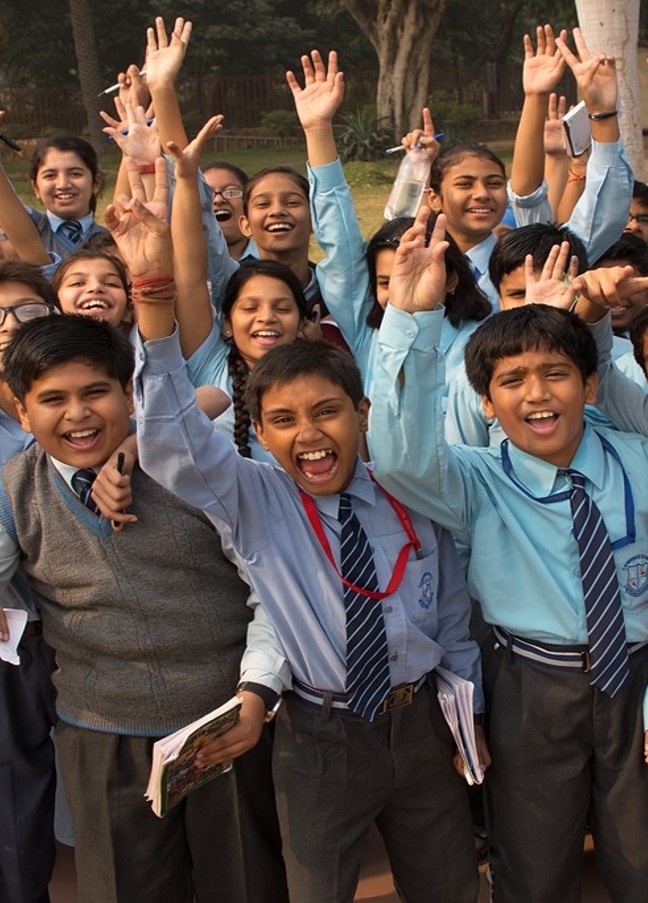
“A concerted national effort will be made to ensure universal access and afford opportunity to all children of the country to obtain quality holistic education–including vocational education - from preschool to Grade 12”
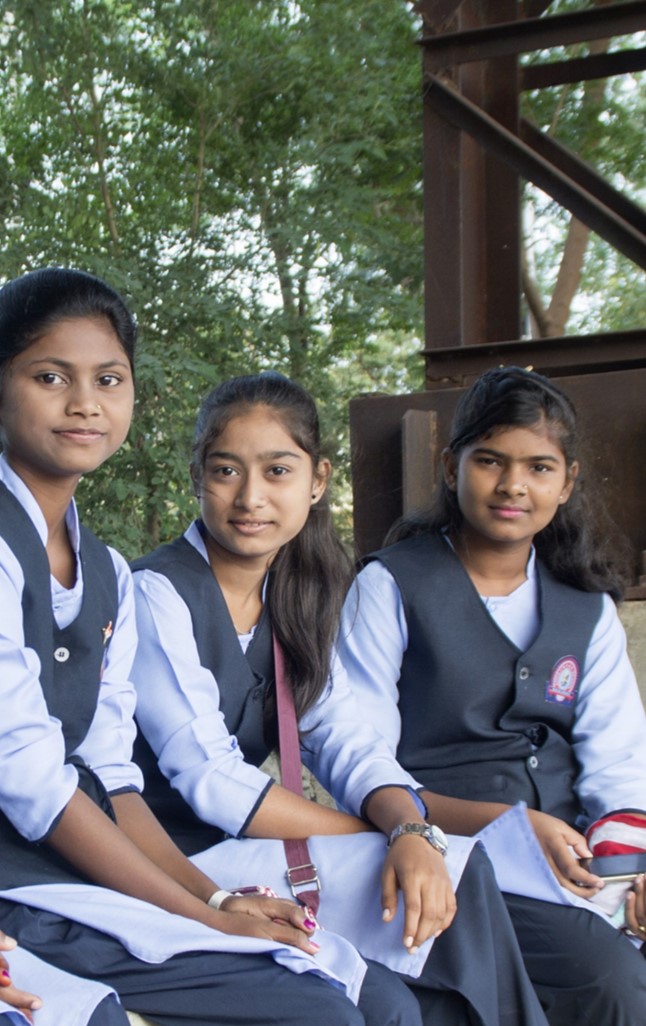
“The curricular and pedagogical structure of school education will be reconfigured to make it responsive and relevant to the developmental needs and interests of learners at different stages of their development”

NEP’s focus on creating a holistic,developmentally appropriate and contextually relevant curriculum can becorroborated by the growing body of research on children’s learning

“Teachers truly shape the future of our children - and, therefore, the future of our nation. It is because of this noblest role that the teacher in India was the most respected member of society”
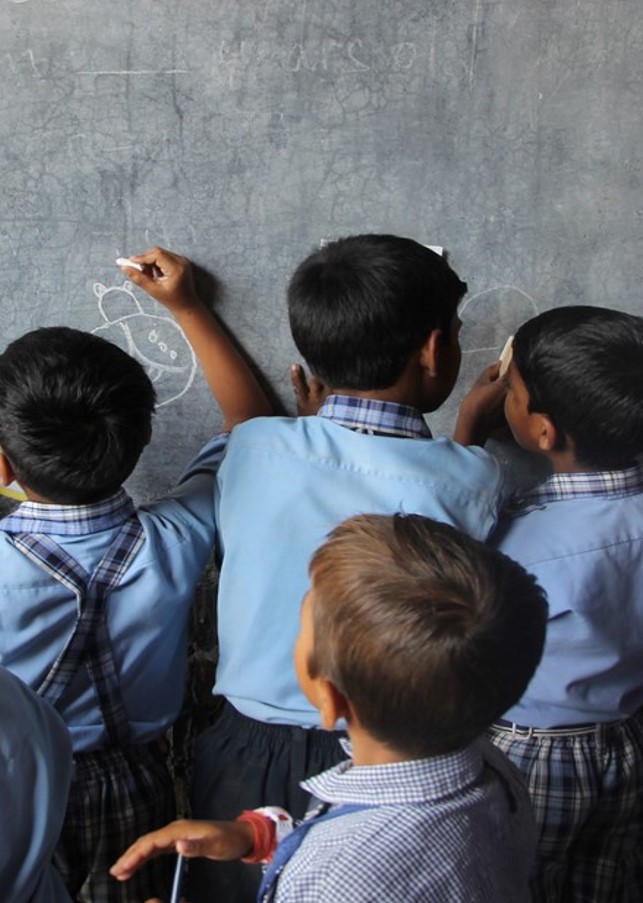
What defines a good teacher?
“…..a good teacher is simply the one who consistently gets higher achievement from students (after controlling for other determinants of student achievement such as family influences or prior teachers)”
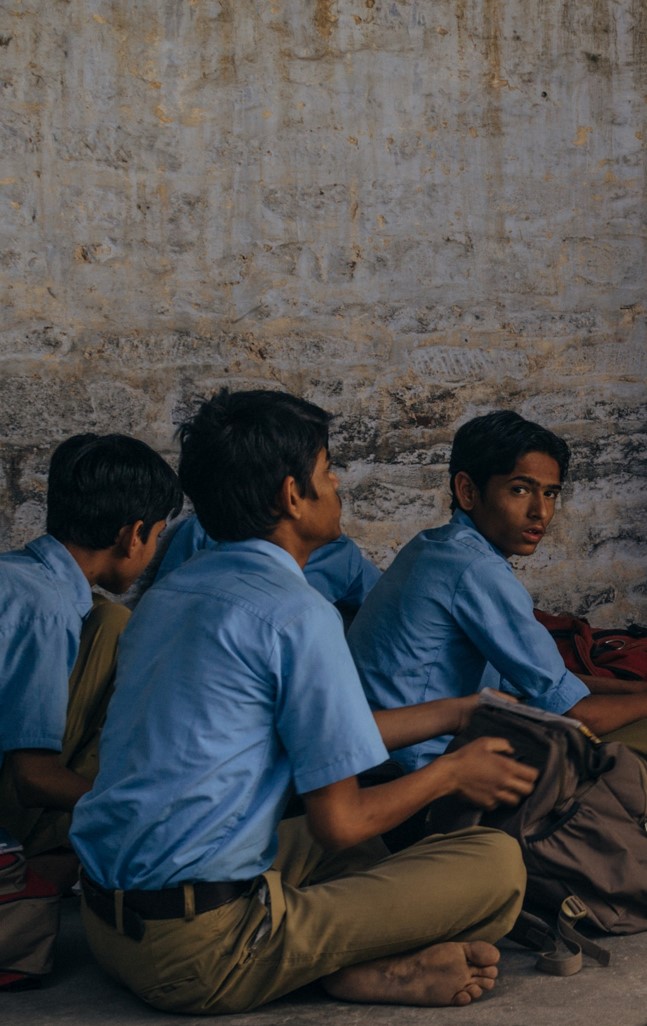
“Education is the single greatest tool for achieving social justice and equality”
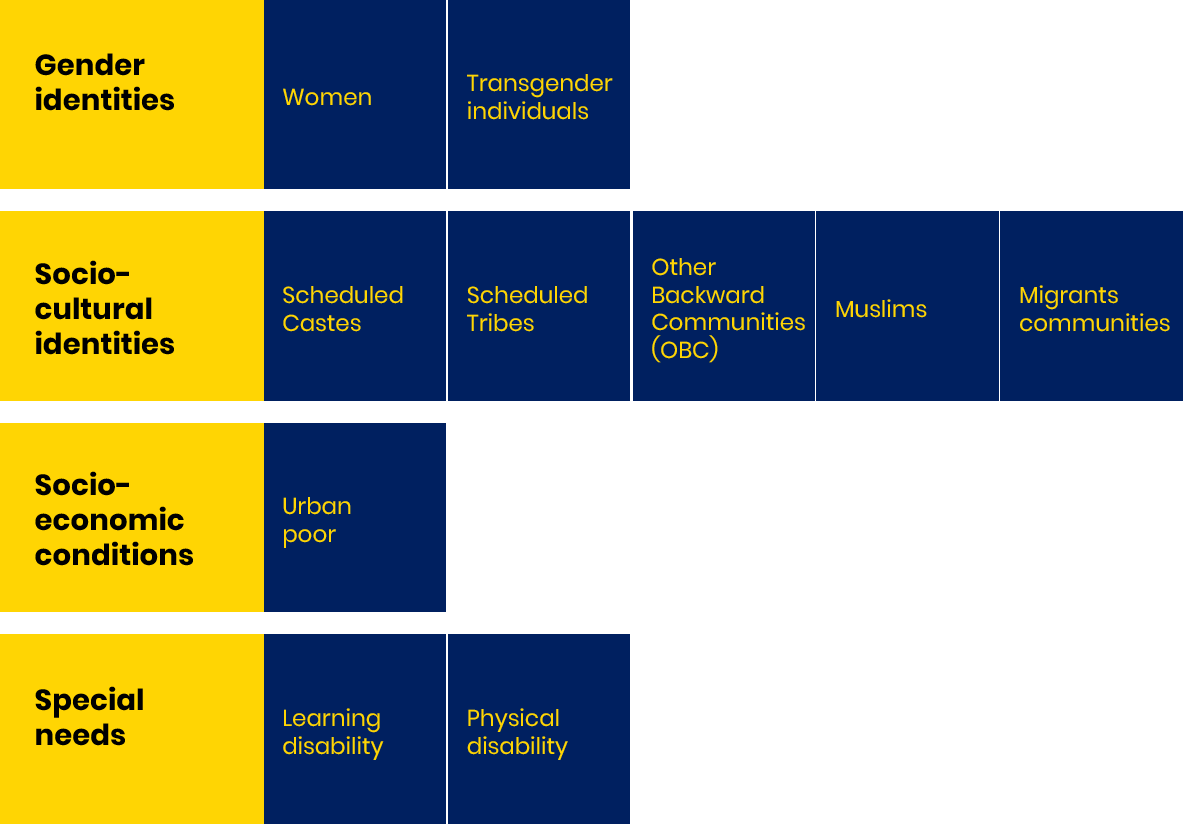
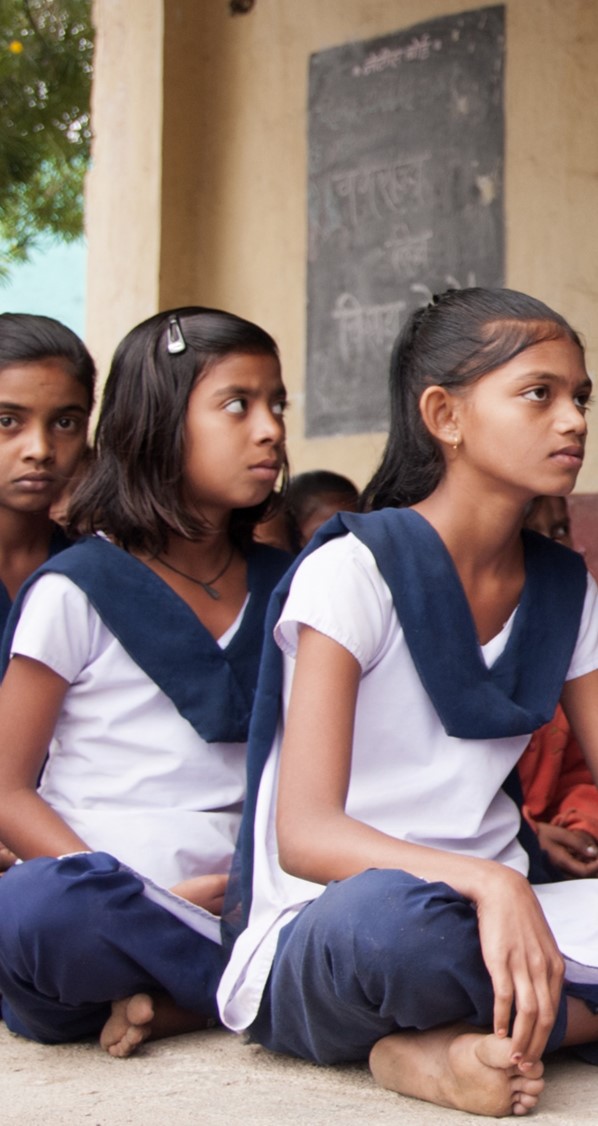
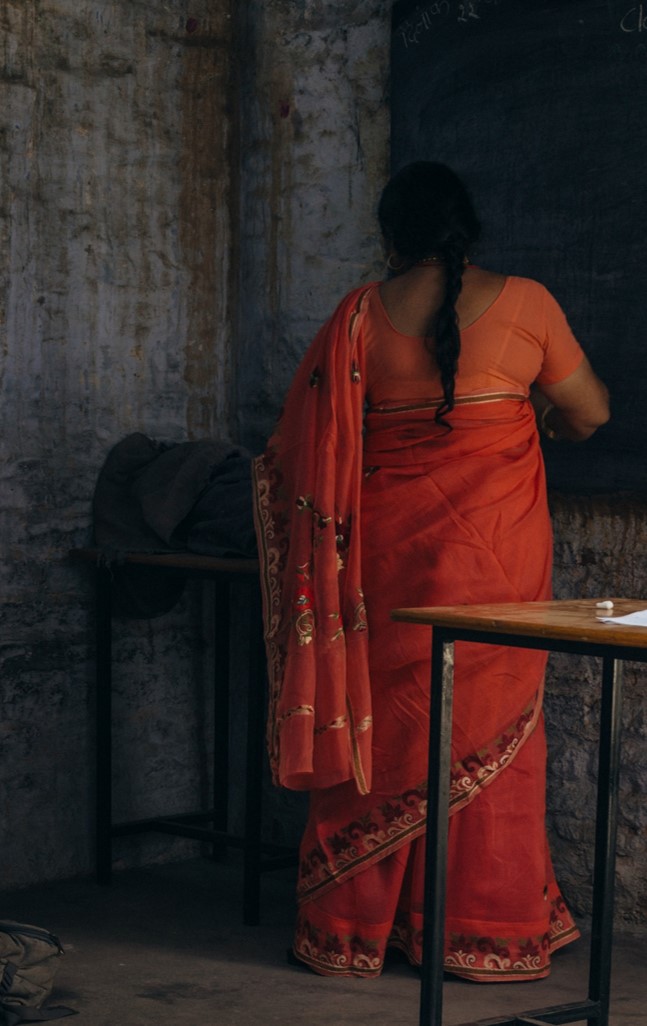
“Although consolidation of schools is an option that is often discussed, it must be carried out very judiciously, and only when it is ensured that there is no impact on access”-

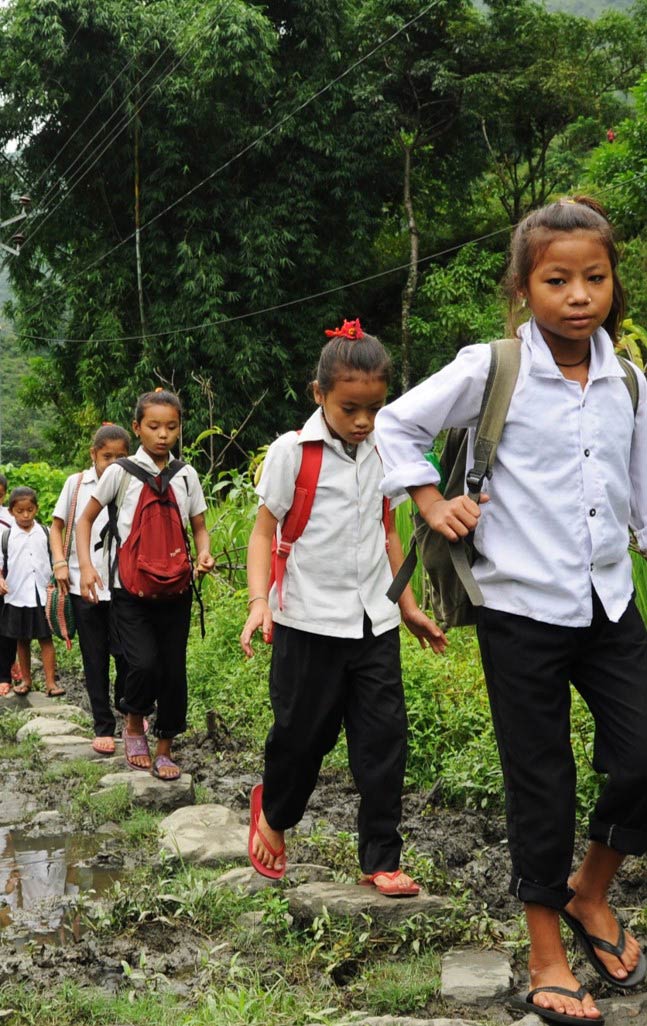
“The goal of the school education regulatory system must be to continually improve educational outcomes; it must not overly restrict schools, prevent innovation,or demoralize teachers, principals, and students”
RTE ACT 2009
RTE ACT 2009
NO DETENTION POLICY
“The policy has reduced school dropout rates and helped in building self-esteem.States should be given freedom to decide whichever policy to follow”
“It enables a child to learn better without the fear of failure, detention and stigma. CCE should be strengthened as it doesn’t focus on rote learning”
“It is important to sustain students’ interest in education. Year-end evaluation should be conducted and students with low scores should be helped”

“There is no harm in allowing a student one more year to re-cope rather than allowing her to pass to the next stage in an unbaked condition”
“It leads to decreased commitment levels of stakeholders. Test/exam provide students with competitive spirit besides motivating them to study”
“The policy results in undisciplined behaviour of students or increased dropouts. No-detention policy may be restricted up to grade 3”
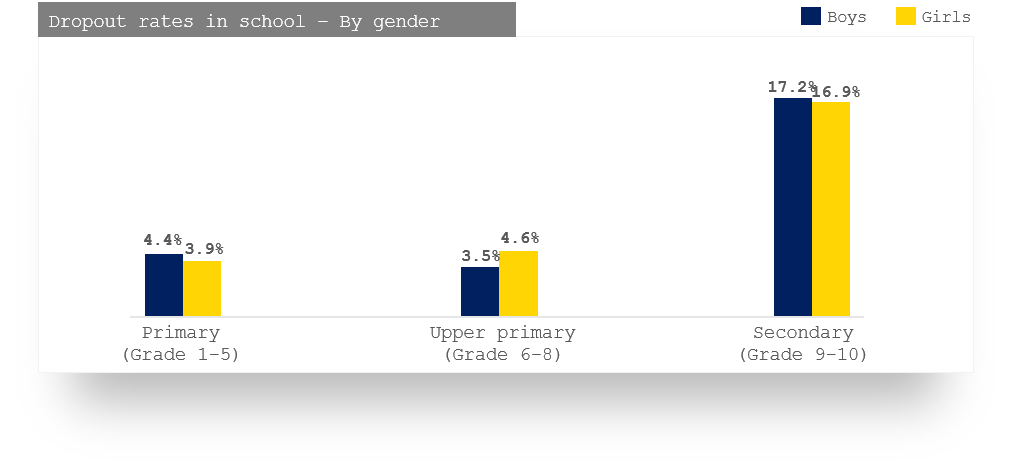
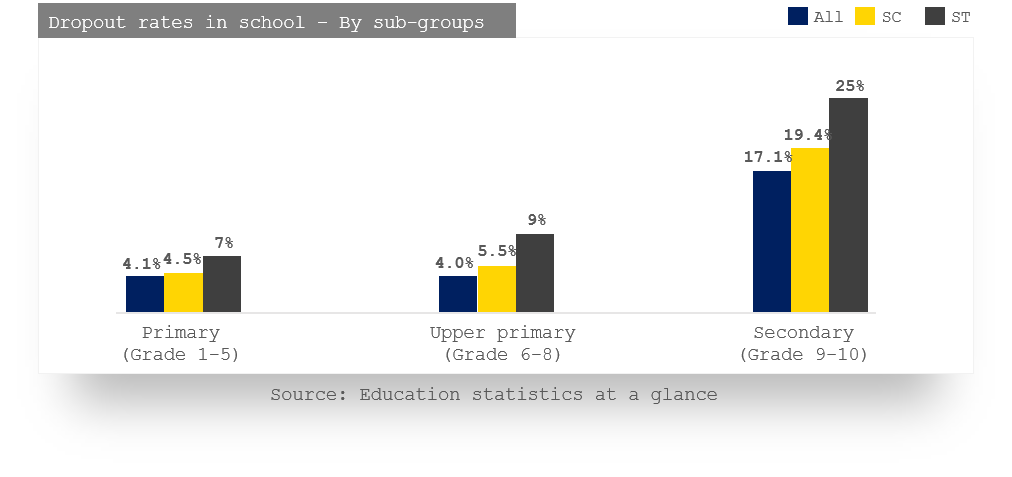
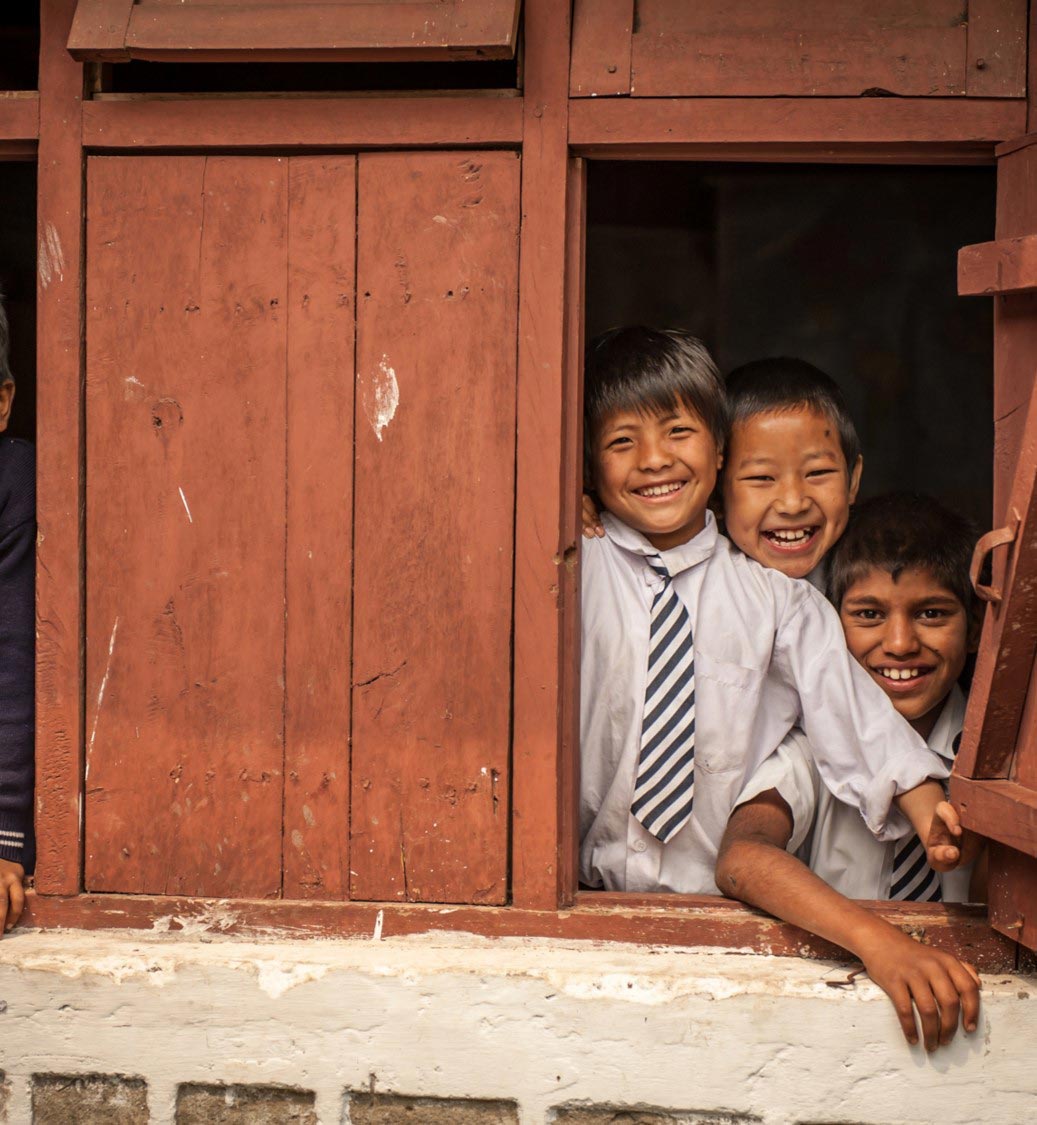

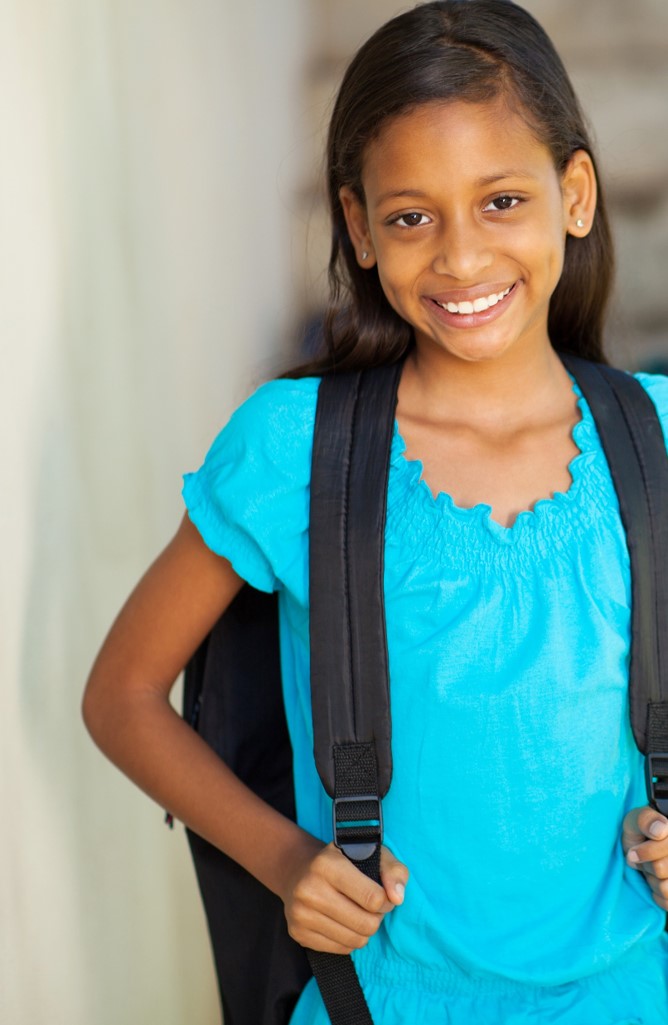
India has two different indices to benchmark and assess state performance in education:
Performance Grading Index (PGI)
Developed by the Department of School Education and Literacy (DoSEL) in the Ministry of Education (MOE), PGI is an aspirational and relatively static benchmark
School Education Quality Index SEQI
Developed by NITI Aayog, SEQI is adynamic benchmark set by the currently best performing state

“The Performance Grading Index (PGI) is a tool to provide insights on the status of school education in States and UTs including key levers that drive their performance and critical areas for improvement”
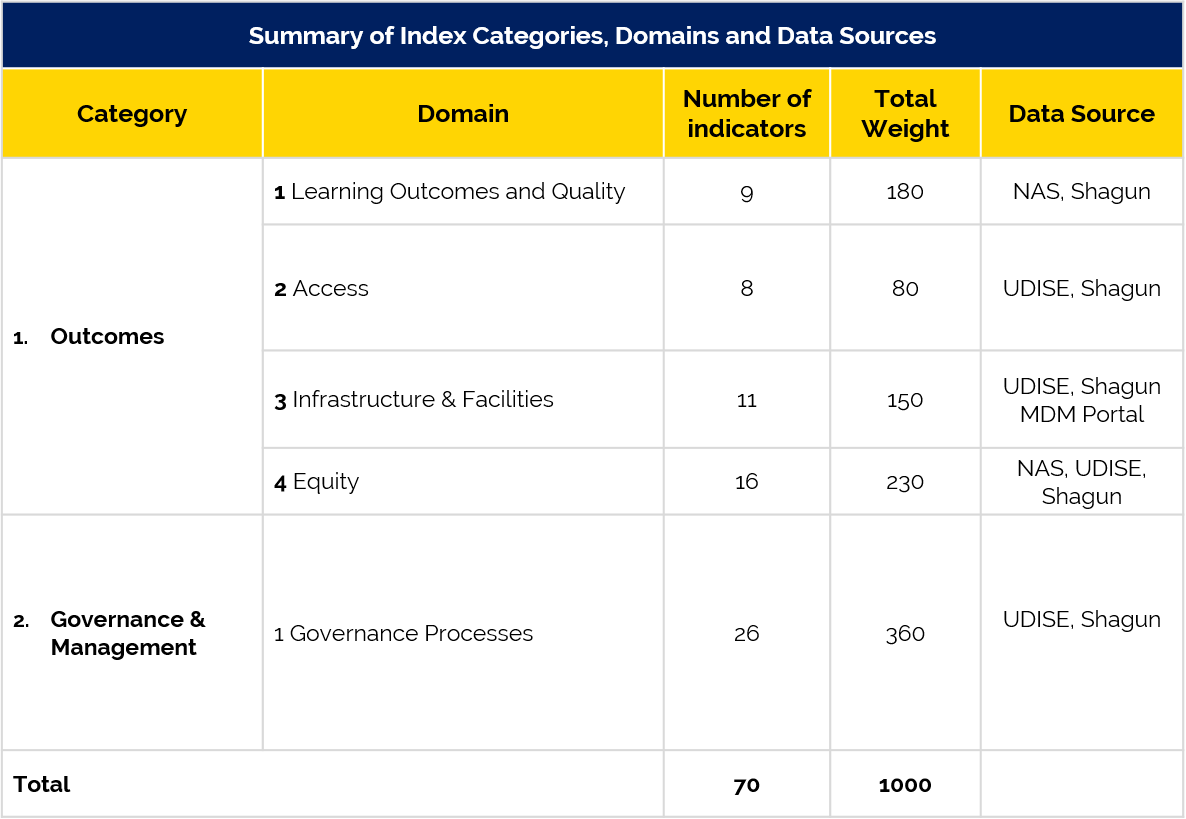
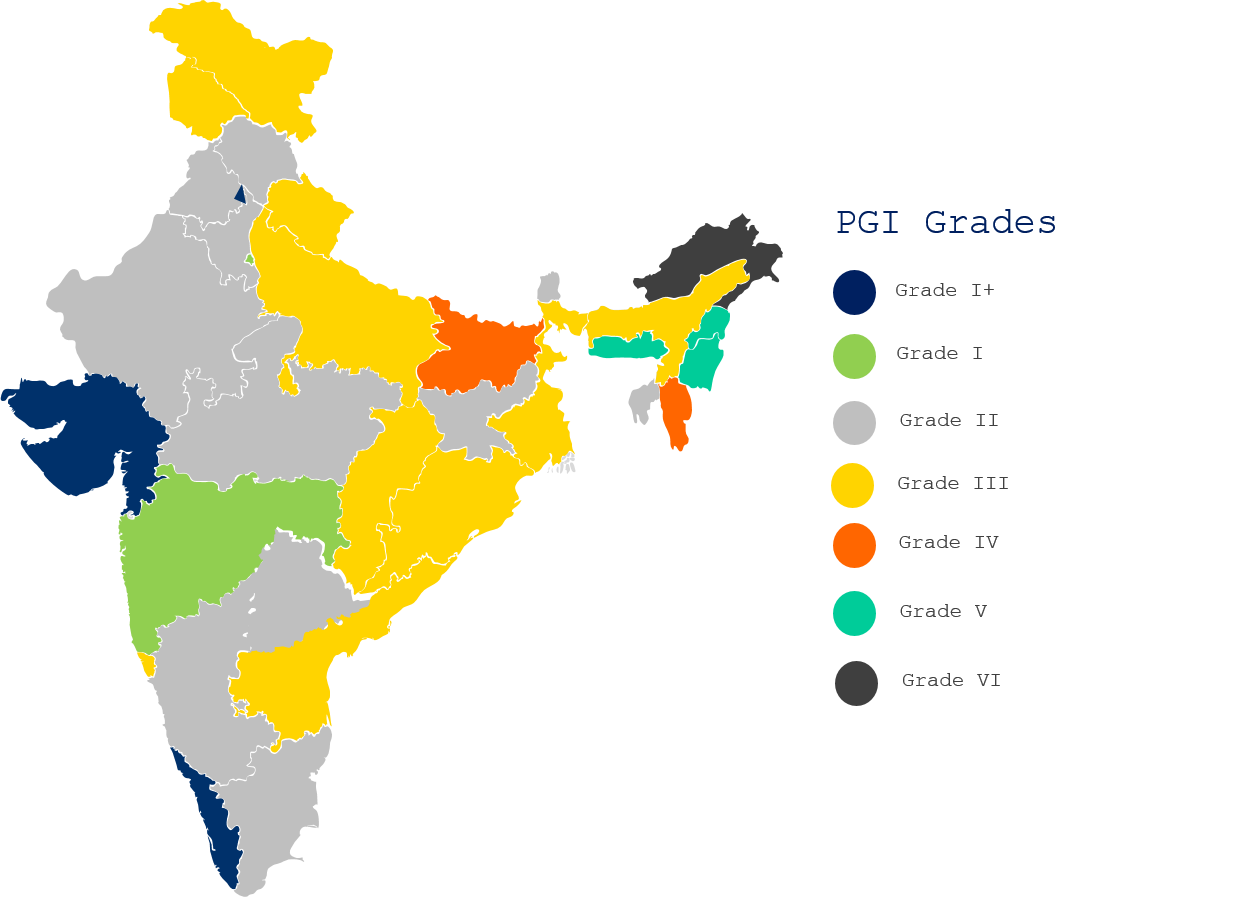
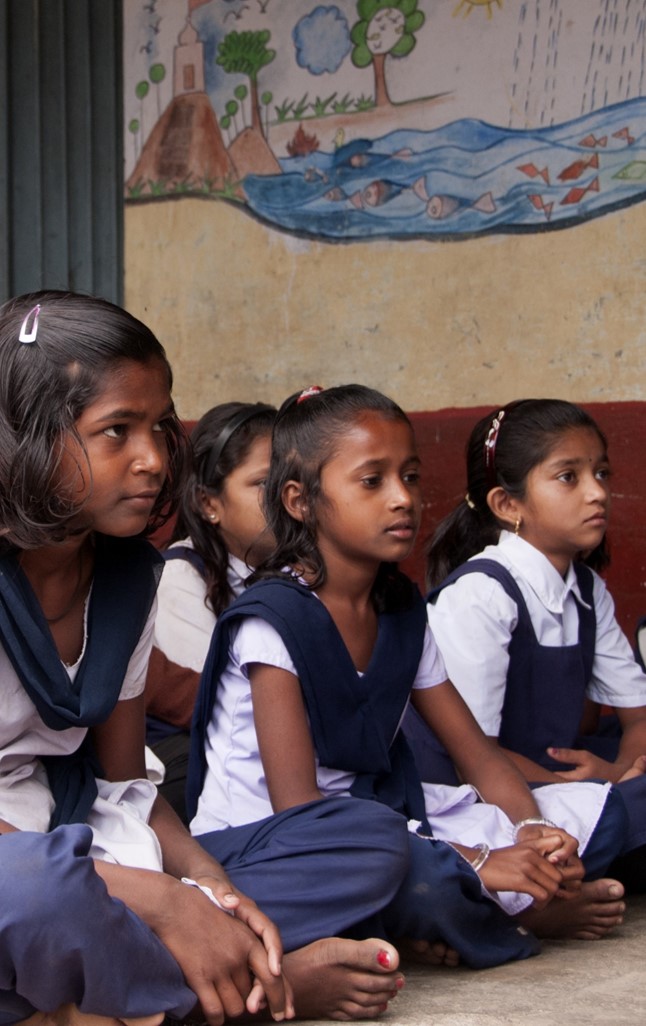
“SEQIi s based on a set of indicators that measure the overall effectiveness, quality and efficiency of the Indian school education system”
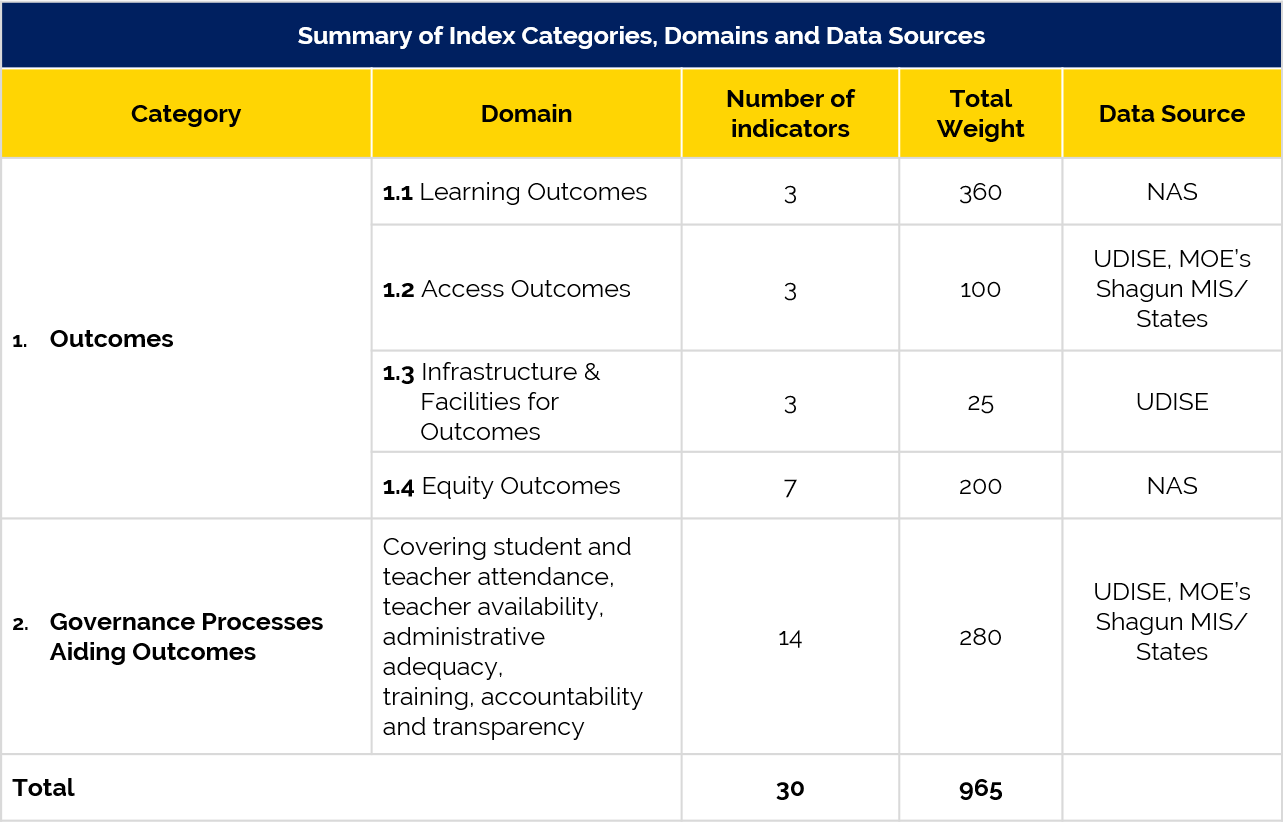
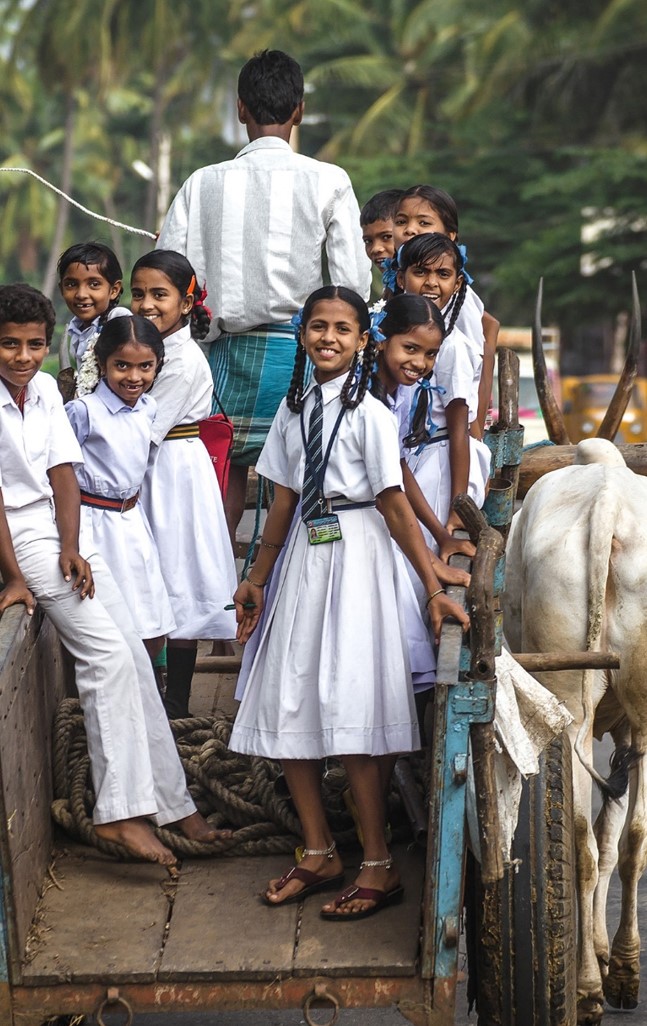
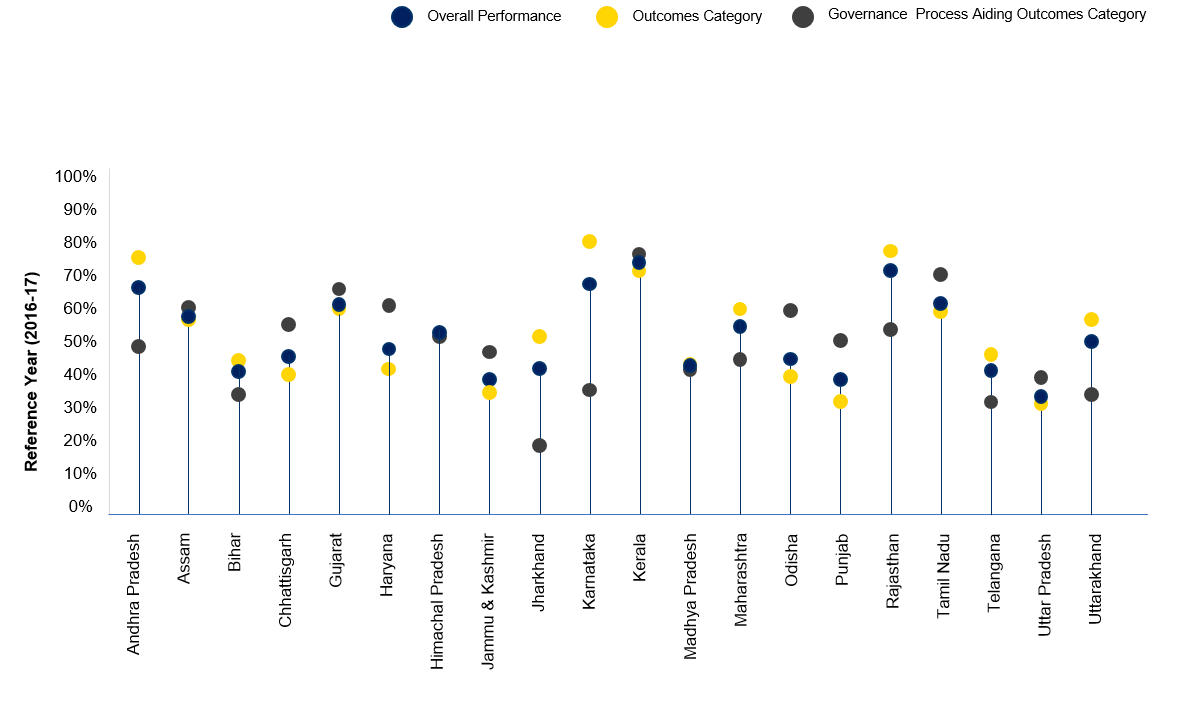

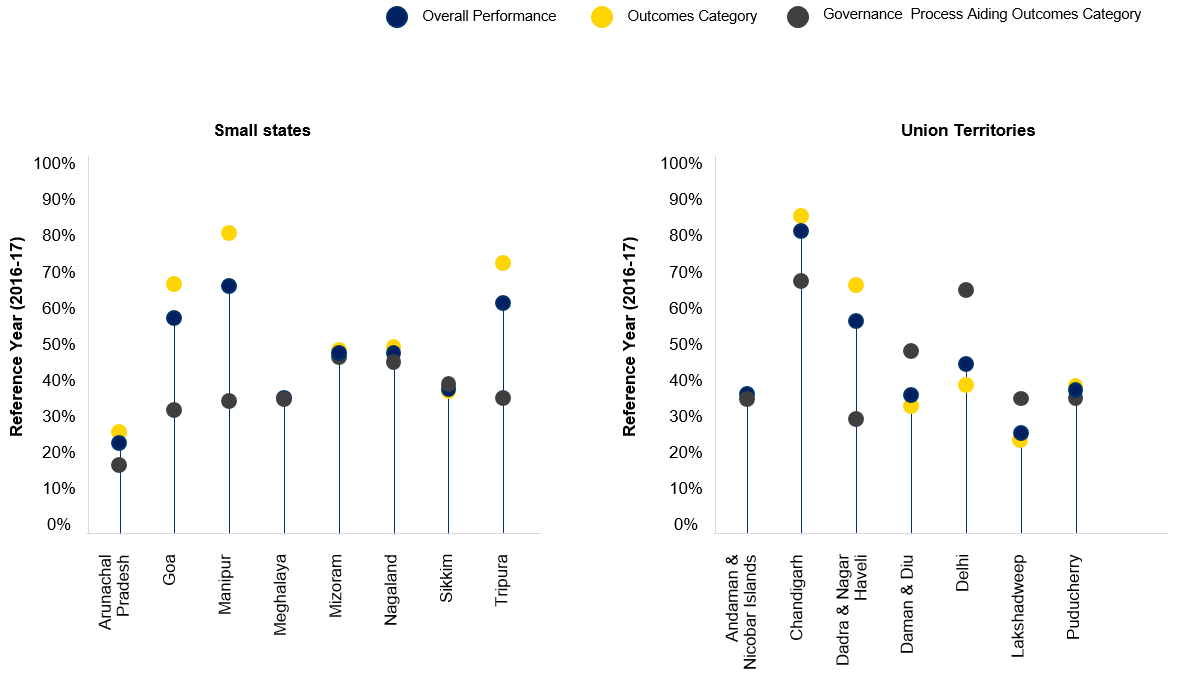

Case Study
India has two different indices to benchmark and assess state performance in education:
Indice de Desenvolvimento da Educação Básica (IDEB)
Introduced by the Brazilian Ministry of Education in 2007

Overview

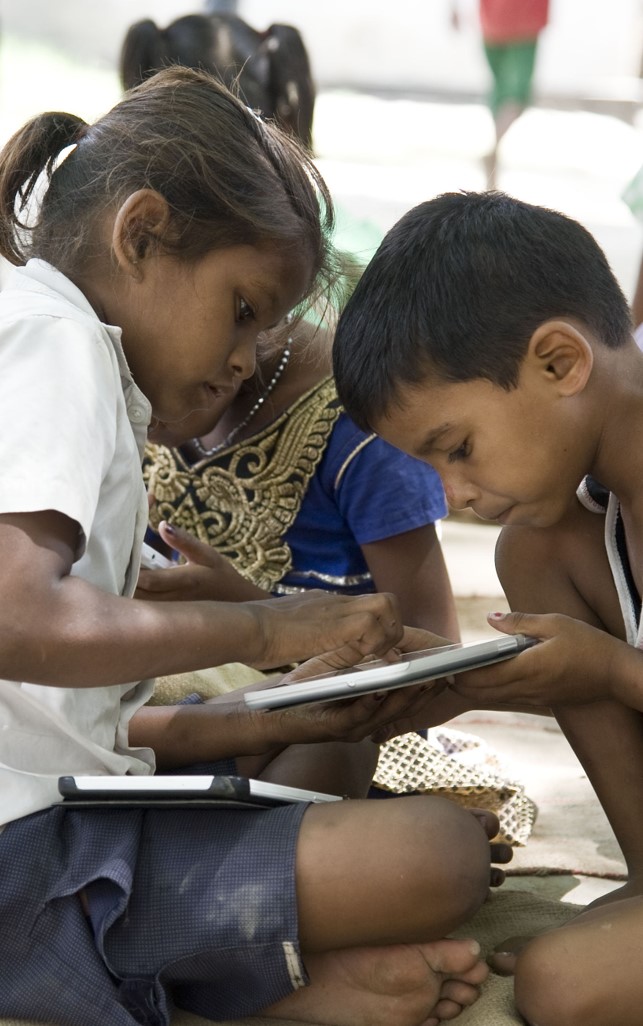
“The aim with PISA was not to create another layer of top-down accountability, but to help schools and policy makers shift from looking upwards within the bureaucracy towards looking outwards to the next teacher, the next school, the next country.”
- Andreas Schleicher, Director for the Directorate of Education and Skills, OECD

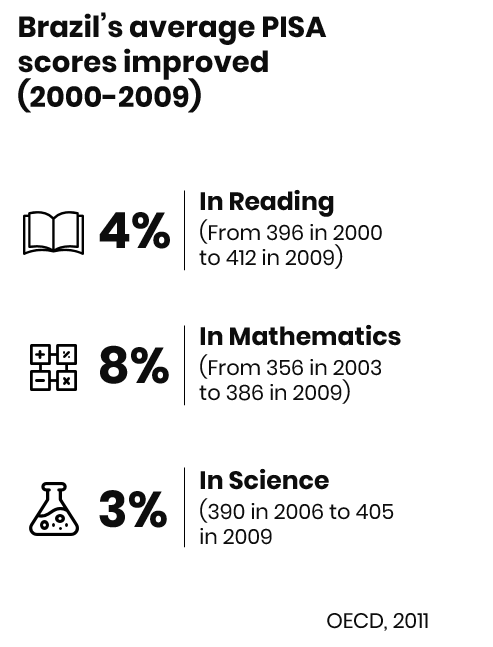

Case Study
Brazil has simultaneously expanded schooling coverage and learning over the past 15 years through a host of educational reforms

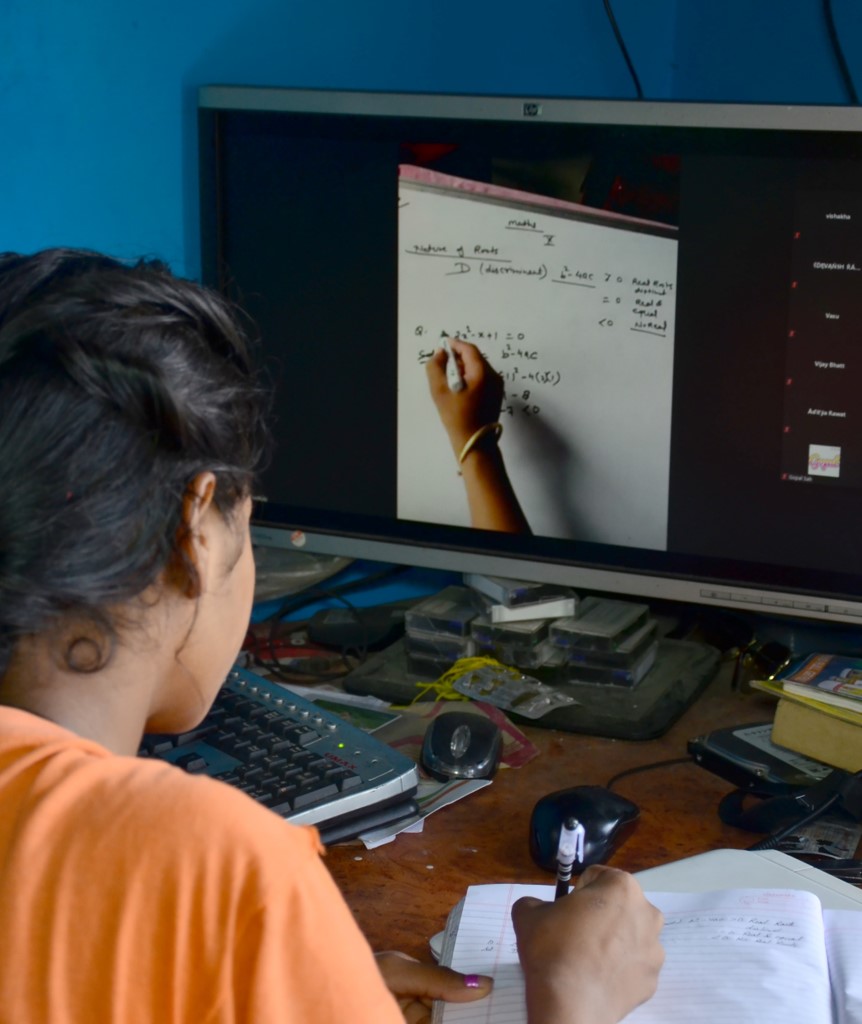
In 2017, the Ministry of Human Resource and Development (MOE) launched a digital education portal Digital Infrastructure for Knowledge Sharing, or DIKSHA, to connect teachers and amplify solutions in the realm of their education
Teachers can create, upload, and view digital content relevant to their syllabus, and use it to enhance student learning (and attention)
QR-code imposed textbooks were introduced for students of grade 9 and 10. The QR codes were placed at hard spots identified by subject experts

Since 2015, Delhi Government has undertaken a host of reforms in school education
-Here we focus only on intervention for students since 2018

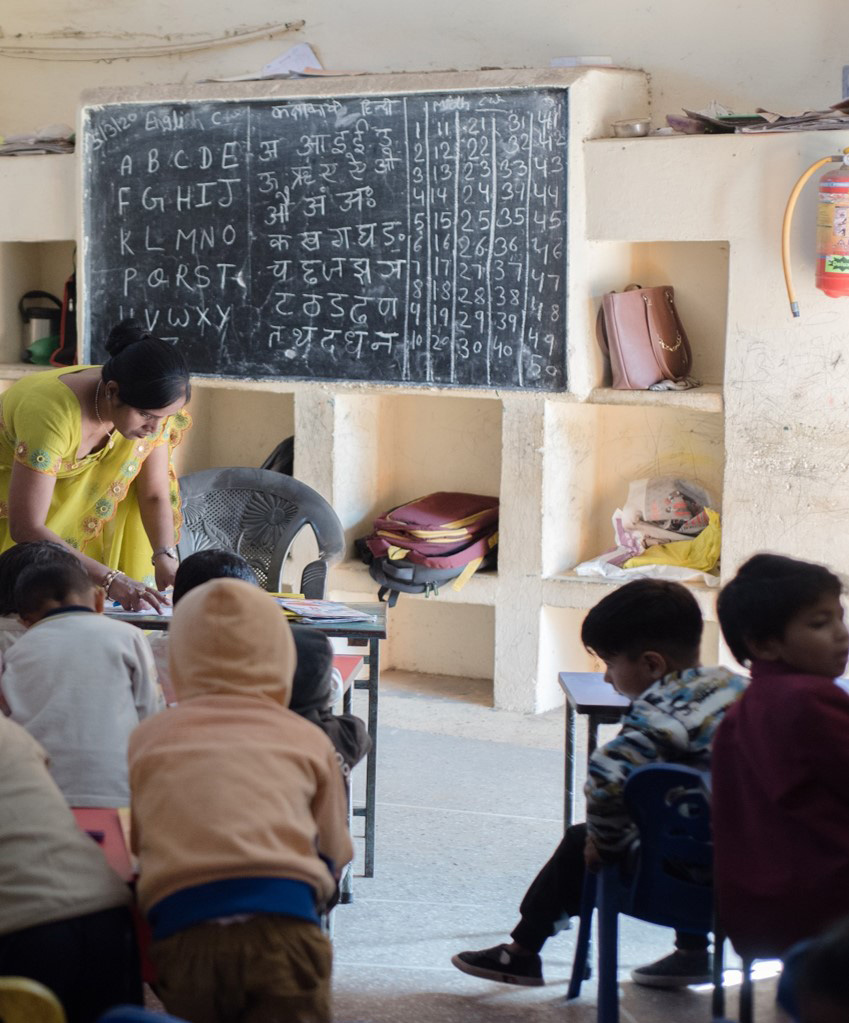
Global monitoring of school
closures caused by COVID-19
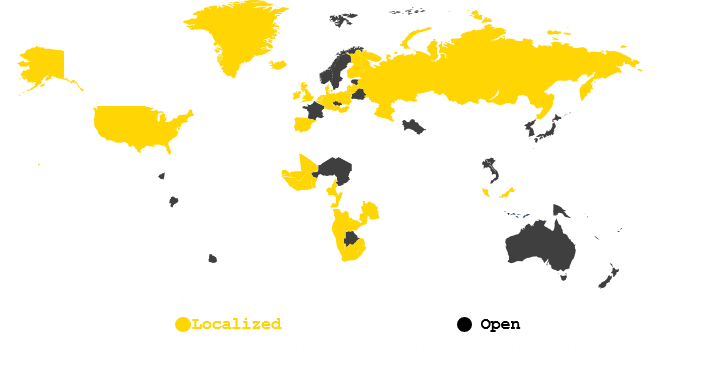
Global monitoring of school closures due to COVID-19
Country-wide closures in 168 countries
Have affected about 1.2 billion learners worldwide
Almost 71% of the total enrolled learners
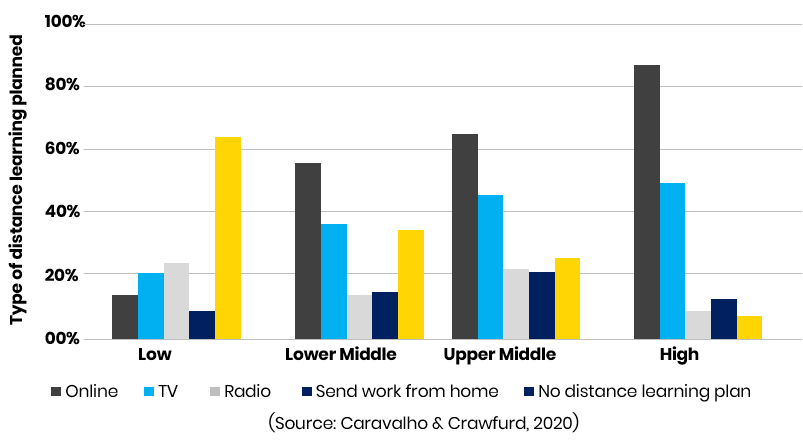
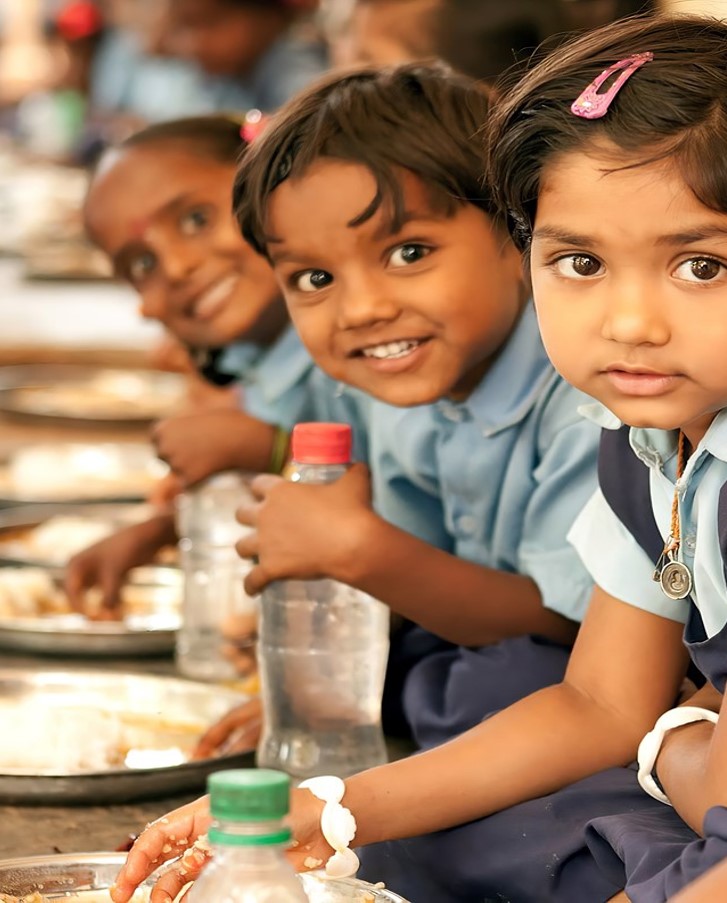
Mid-day meal (MDM) scheme benefits more than 11.5 crore students throughout the country
All primary and upper - primary students in government, government - aided and local body schools, several school types under Sarva Shiksha Abhiyan, and National Child Labour Project (NCLP) schools run by Ministry of Labour are eligible for the MDM scheme
In view of school closures due to COVID-19, the union ministry has asked states and UTs to provide cooked mid-day meals or a food security allowance to all eligible students during school closures
